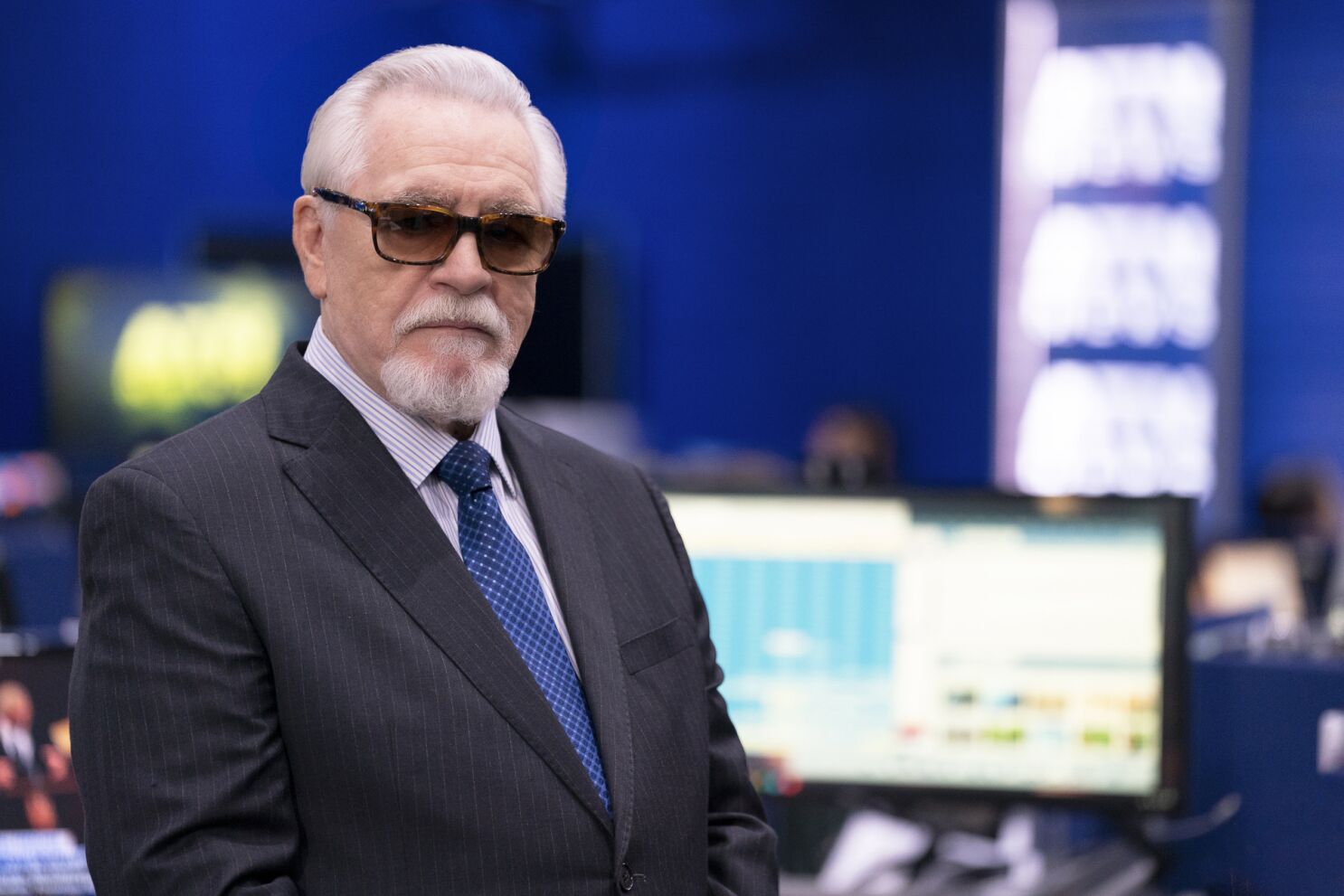Logan Roy, the ruthless patriarch of the Roy family in HBO’s “Succession,” is a character many of us love to hate. But beyond the entertainment value of the show, there are valuable lessons to be learned about business succession planning from Logan’s failures.
“For some of us it’s a sad day… but for others it’s coronation demolition derby.”
As Siobhan Roy said, “For some of us it’s a sad day… but for others it’s coronation demolition derby.” Logan’s failure to have a defined business succession plan has left Waystar Royco, his media conglomerate, in disarray. Without a clear plan for who should succeed him as CEO, the company has been thrown into chaos, with family members fighting for control and outsiders vying for a piece of the pie.

Logan’s lack of planning is a classic example of the old adage, “If you fail to plan, you are planning to fail!” as famously said by Benjamin Franklin. He assumed he would live forever and never took the time to consider what would happen to Waystar Royco in the event of his absence. But as we all know, no one lives forever, and even the most powerful business leaders must eventually step down.
Unfortunately, Logan is not alone in his lack of planning. According to surveys by the Employee Benefit Research Institute, PNC Bank, and Kent State, a staggering 80% of business owners have no transition plan or have not documented or communicated a succession plan. This means that many businesses are at risk of failing or causing mass confusion in the absence of their founders or CEOs.
The consequences of failing to plan can be devastating. In the case of Waystar Royco, Logan’s reluctance to name a successor has caused infighting and turmoil, with family members turning on each other and the company’s stock plummeting. The situation has been further complicated by Logan’s declining health and a series of scandals that have tarnished the company’s reputation.
“If you fail to plan, you are planning to fail!”
So, what can business owners learn from Logan’s mistakes? The first lesson is to start planning early. Succession planning should not be left until the last minute or ignored altogether. Ideally, a plan should be in place well before the current CEO is ready to step down, giving the company time to prepare for the transition and ensuring that there is a clear path forward.
The second lesson is to involve all stakeholders in the planning process. This includes family members, key employees, and shareholders. It’s important to have buy-in from all parties to ensure a smooth transition and prevent conflicts from arising.
Finally, it’s essential to have a clear and detailed plan in place. This should include a timeline for the transition, a plan for selecting and training a successor, and provisions for handling any unexpected events or emergencies that may arise.
Overall, Logan Roy’s failure to plan for his succession has left Waystar Royco in a precarious position. But his mistakes can serve as a cautionary tale for business owners everywhere. By starting early, involving all stakeholders, and having a clear plan in place, businesses can ensure a smooth transition and avoid the chaos and infighting that can result from a lack of planning.






